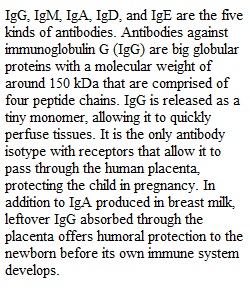


Q GROUP DISCUSSION LAB: (Potential 2 points due on October 18 monday. Click " Lab Group Project", the title, " Browse my computer". then upload to submit. Consider the rubrics, the due date and some research..The following positions need to be filled: a) Initiator/facilitator (start emailing each group member and appoint a date to collaborate and discuss) b) Documenter/Secretary (Writes and prepares the assignment for submission) c) Tech support ( assist in Tech issues) d) Submitter ( submit the group assignment) e) Members of the group (contributors to the text) Choose one among either a, b, or c, to discuss and submit as a group assignment. a) Discuss the 3 most common patterns of inheritance: Dominant /Recessive, Incomplete Dominance, Sex-linked Inheritance. Give examples of traits transmitted in each pattern. b) List the branches of the aorta and the organs they supply with oxygenated blood. Discuss an Aneurysm, how it presents, & current therapy. c) List the 5 types of antibodies and differentiate one from another according to structure, characteristics, and function. Which type crosses the placenta? Which type is found in mother's milk? Which type is found in the blood after an infection? How to submit Group Assignment: Prepare your assignment on a word document and save in your computer. Click the title, " Lab Group Project ", "Browse my Computer", upload your assignment. Group Activity Rubrics: Excellent 2 points Good 1 point Fair 0 point This excellent posting reflected that the student read and understood the assigned material, referring specifically to assigned reading or related research. The posting has a clear purpose: to inform, persuade, or raise an interesting question. The post is accurate and correct, substantial in content and answers the questions posted. When appropriate, the posting refers to outside sources in supporting its arguments. There are no proofing or spelling errors. Post is made early and within the due date of the assignment period, This posting reflected that the student read and maybe understood the assigned material, referring specifically to assigned reading or related research. The posting has an ambivalent purpose: to inform, persuade, or raise an interesting question.The post answers the questions correctly, with some substance , with some incomplete answers. The posting refers to outside sources in supporting its arguments that are not credible and there are minimal proofing or spelling errors. Post is made moderately early but within the due date of the assignment period . This posting does not reflect that the student did or understood the reading. This posting could have been made without the student doing any reading or research at all. The posting has no apparent purpose other than meeting the assignment requirement. It does not move the conversation forward or offer a reasoned opposing opinion. The posting fails to make appropriate reference to outside materials in supporting any arguments. The post does not respond to the questions presented. There are one or more proofing errors. Post is made at the last minute or late. (No points if late submission)
View Related Questions